6 Foods We Think Are Healthy – But Aren’t!
Eating healthy. Most of us understand conceptually, that “Eating Healthy” is important. It contributes greatly to our entire sense of well-being, our physical health, emotional health, the quality of our skin & hair, sparkle in our eyes and the ability to live our best lives.
Unfortunately, many food conglomerates – with a laser focus on sales & marketshare, have purposefully muddied the waters by completely confusing people as to what’s truly healthy and good to put into our bodies – and what is not.
How Have They Muddied the Waters? In Two Ways:
1. By blanketing our grocery shelves with junky, crappy food disguised and promoted as “healthy.” Case in Point – Have you seen the commercial for Carnation Breakfast Essentials? Marketed as a “Complete Nutritional Drink,” the commercial targets mom’s, telling them how important it is for kids to start the day with a nutritious breakfast like Carnation Breakfast Essentials.
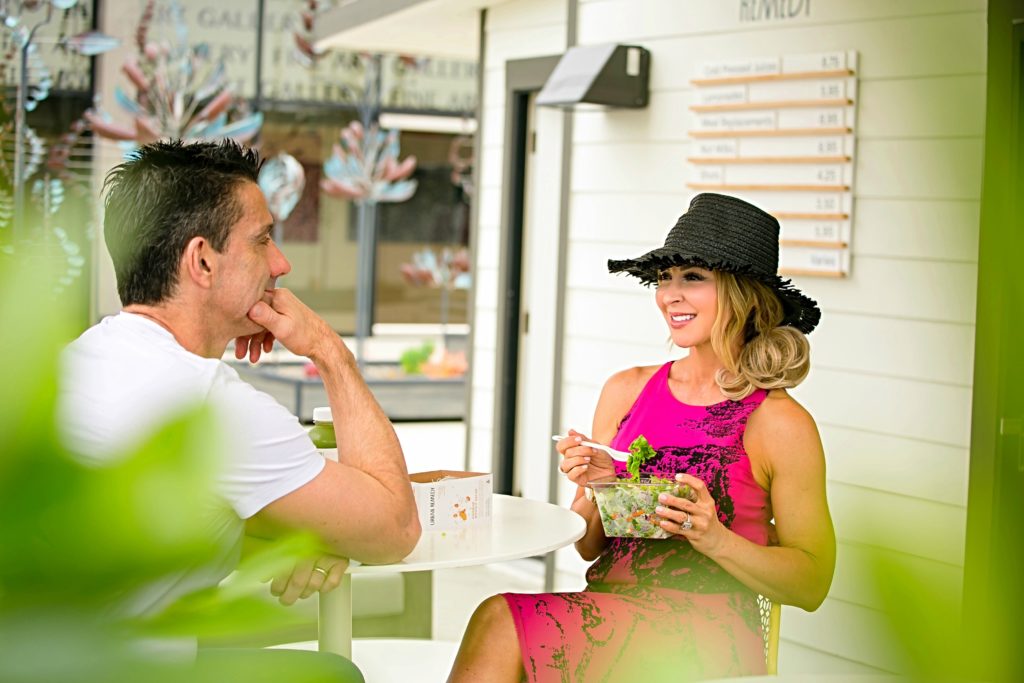
By all accounts, this Sugar-Bomb of a breakfast is promoted as something healthy and nutritious to feed kids. The problem? It is NOT. Here’s why:
+ First, the second ingredient on the Ingredients Label is – you guessed it, SUGAR. This means that sugar is the second most prevalent ingredient in the drink. How is that even remotely healthy? Answer – it isn’t.
+ Second, looking at the Nutrition Label – we can see there are 19-grams of sugar in the product alone (before milk). That’s 19-grams of the 25-gram daily allowance for kids age 2-18, recommended by the American Heart Association. That’s egregious and frankly – they shouldn’t be allowed to promote this as a healthy, nutritious drink for anyone.
19-grams of sugar (without milk), in “Carnation Breakfast Essentials”, marketed to mom’s as a “healthy” breakfast for kids……
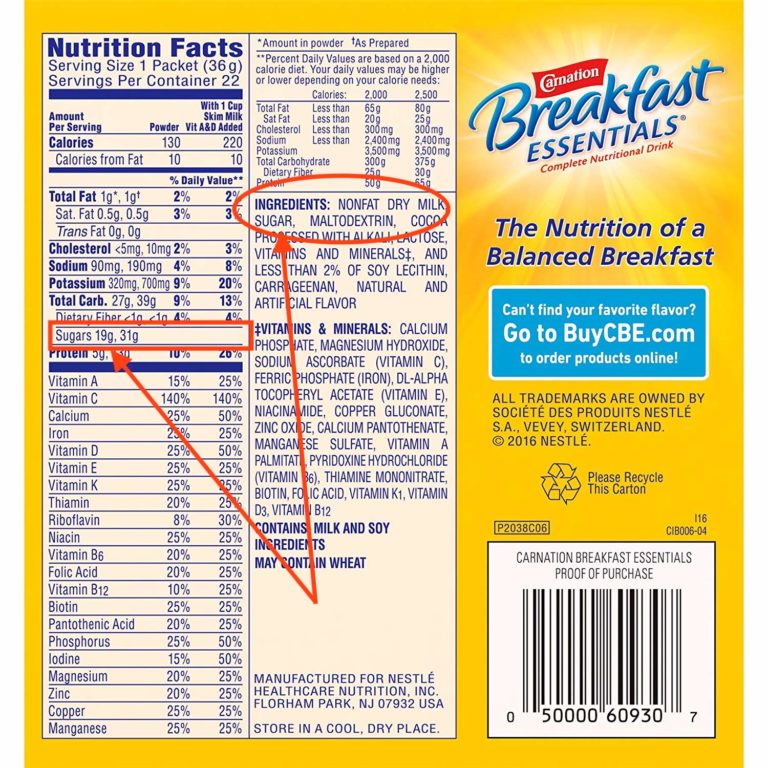
2. By taking foods that START out healthy, then adding tons of sugar to them. Like yogurt. This can be incredibly confusing to people. Foods that most of us think of as healthy choices – are many times not. The solution – read your labels, every time…….
2 Things To Do, Before Putting Anything in Your Cart!
1. Ignore the Front of the Package.
The front area is for marketing. I call this “The Spin.” It will say something like Low-fat, Organic, Healthy, Nutritious, Low-sugar, etc. This is where the food company tries to entice you to buy the product, by making you think (right or wrong), that you are doing something good for your body. Take it with a grain of salt.
2. Flip the package over and Read the Labels.
You want to read the Nutrition Label and the Ingredients. Ingredients are listed beginning with the most prevalent ingredient first, ending with least prevalent. So, the first 3 are going to make up the majority of the product. Do you see sugar (or any form like – glucose, fructose, sucrose, syrup of any kind) in the first 3? Probably not a healthy choice.
On the Nutrition Label, look at the serving size, then the number of Sugar grams. Bear in mind that we as women should not have any more than 24-grams of (added) sugar per day. Use that as a gauge. If your fat-free, low-sugar yogurt actually has 18-grams of sugar…..cough…..Yoplait…..cough…. well, that’s actually not a very healthy choice.
Ignore the marketing spin. Flip the product over – read the Nutrition and Ingredients Labels to determine if it really IS healthy and good for you!

6 “Healthy” Foods That (can be) Bad For You:
1. YOGURT
Yogurt is an example of taking something super nutritious & full of good, clean protein and making a pig’s ear out of it by adding sugar, and/or sugary fruit (which is basically like pie filling) and other enhancers to make it “taste better.” Yogurt is still a great choice – but not all are created equal, and we just need to know how to choose.
“Yoplait Low-Fat, 25% Less-Sugar Yogurt“

The Spin: Low-fat & Low-sugar! Sounds healthy right?
Reading the Nutrition Label, we see that a single container has…….. wait for it….. 18-grams of sugar!? That is just over 4-teaspoons of sugar, in ONE single-serving container of Yoplait. Oh, and this is their 25% less-sugar version….ummmmm? For women, our daily added-sugar maximum is just 24-grams. Eating one tiny container of this Yoplait, accounts for the majority of our entire daily allowance. No Bueno.
Looking at the Ingredients Label we can see that the 2nd ingredient (translation, the 2nd most predominant ingredient) is our frenemy…. Sugar. That means a lot of sugar, sugar.
This isn’t to single out Yoplait in particular. The vast majority of so-called “healthy yogurts” on the market are sugar filled. A good rule of thumb – if it’s flavored (fruit, honey, vanilla) – that most always means sugar.
Better alternative: Plain Greek Yogurt + Your Favorite Fruit!
One of the healthiest yogurt options is Plain, Greek Yogurt. Greek yogurt is denser, creamier and higher in protein than regular yogurt. For natural sweetness, add your favorite fresh fruit and a few chopped nuts. This is my personal go-to fave!
Add sliced strawberries to Plain Greek Yogurt instead of sugary, flavored store bought yogurts.
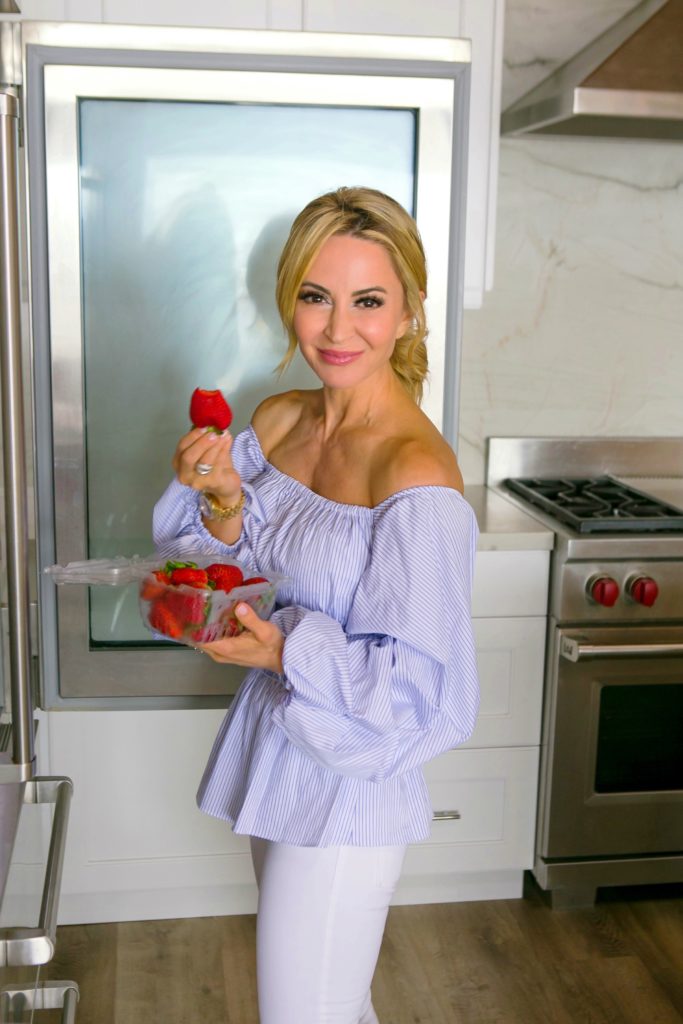
Another great alternative is Siggi’s No-Sugar Added Yogurt.
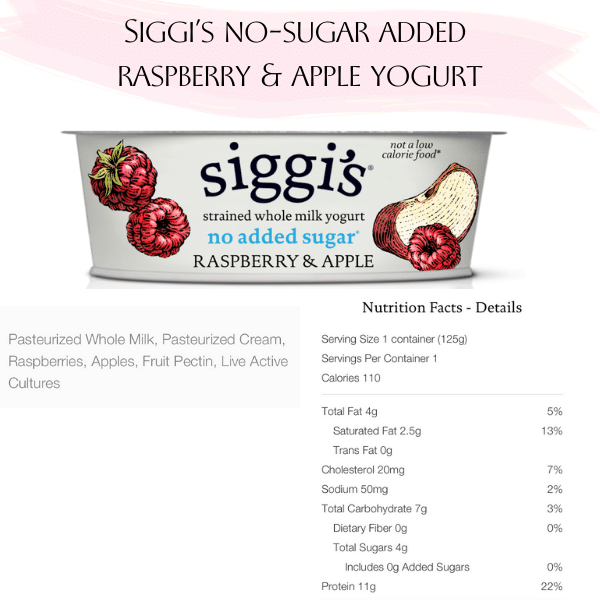
Here’s why it works:
+ There is no sugar listed on the Ingredients label.
+ The Nutrition Label lists 4-grams of sugar, but “0” added sugar.
+ This means, the source of the 4-grams of sugar is most likely from the fruit.
+ Naturally occurring sugars in whole fruits and veggies, do not count towards our 24-gram daily allowance.
This is a good choice!
2. GRANOLA
Granola is something that most people think of as a healthy, nutritious food, and for good reason – that’s exactly how it’s marketed! In reality, most granola is very high in sugar and calories for a very small serving size. Like 260-calories and 12-grams of sugar for just ½ cup!
The main ingredient in granola is oats. Plain rolled oats in and of themselves are a nicely balanced cereal with energy-sustaining carbs, protein, fat and fiber. The problem lies in all of the typical granola additives – honey, nuts, coconut, dried fruits and other added sweeteners which turns granola into thinly disguised “Hand Candy.” Not to be confused with “Arm Candy”……
The additives in most granola, turns it into thinly disguised “Hand Candy.” Not to be confused with “Arm Candy”…… He’s going to kill me for this.

Better option
If you really love your granola, pick one with less added sugar or make your own so that you can control what goes into it. Try my Coconut-Almond Granola recipe with Bee Pollen! It does have 1/3 cup of honey, however it makes 6-8 servings and is a much healthier option than processed & overly sugared brands in the grocery. Plus, Bee Pollen is incredibly good for you.
Also – instead of having Granola as a cereal or snack (it’s so easy to polish off the whole bag!), just use it as a topper. You know – a little sprinkle of it over fruit or yogurt just to get the crunch and flavor you love!
Another good option – KETO NUT GRANOLA, with 0-added sugars. It gets its sweetness from monk fruit, and is Keto friendly. Still, like most all granola – it is high in calories, so just be aware of your serving size!
3. Protein Bars
I mean, the name alone says, “This is a healthy choice,” yes? Protein bars have been a go-to snack or sometimes meal-replacement for as long as I can remember. The problem is that honestly – most aren’t much more than a candy bar with more protein. A lot of bars on the market have upwards of 20-30 grams of sugar! That is SO bad – don’t touch those!
A lot of Protein Bars aren’t much better than candy bars. Some have 20-30-grams of sugar in just ONE bar. Again, flip it over and Read the Label…
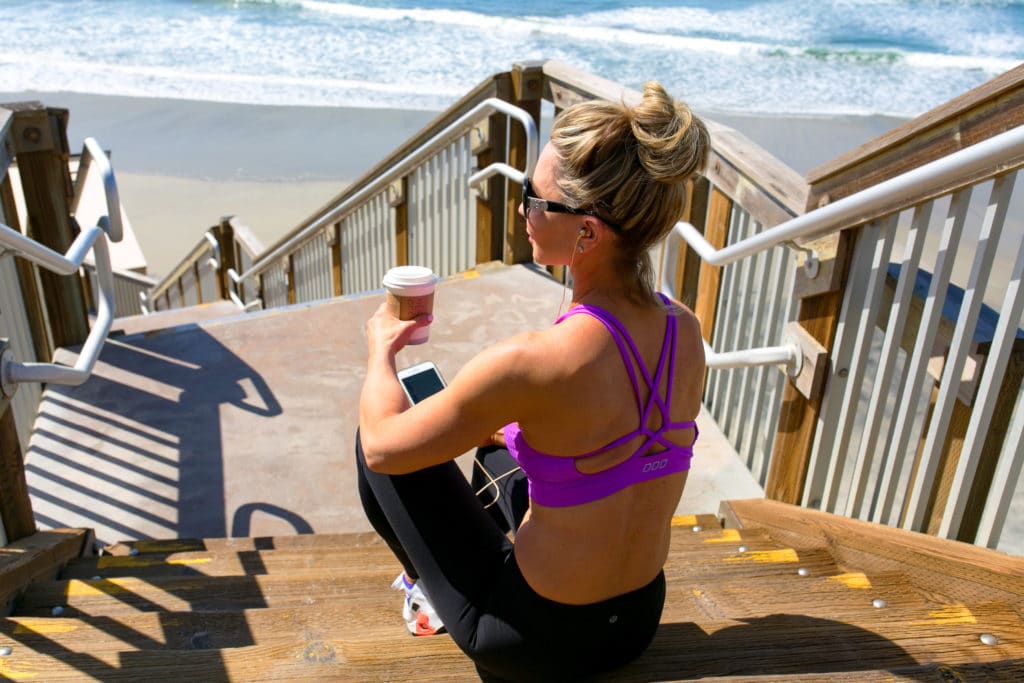
Better options
Swapping out whole-foods for a Protein Bar, is the healthiest way to go. Keep “portable” fruit on-hand, like an apples, oranges or bananas plus a small handful of raw nuts like almonds or walnuts.
The whole fruit gives nutrients & vitamins, while the nuts are a source of good fat to help you feel fuller, longer. Plus, they’re just as easy to keep on-hand as a Protein Bar, and so much healthier for you.
If you do want to have protein bars on hand in case of emergency, No Cow Protein Bar is a good option.
Why it Works:
+ 190 calories
+ 21 grams of protein (keeps you full)
+ 19 grams of fiber (keeps you full)
+ 1-gram of sugar
4. Bottled Smoothies
Did you ever get into the Jamba Juice craze? I totally did. It was awesome. The stores were white, sparkly clean and smelled like fresh fruit with the whirr of blenders going, whipping up one of over 100 smoothie-concoctions.
For lunch, we’d suck down HUGE, yummy smoothies made with tons of juice, frozen fruits and syrups. We were downing mouthfuls of sugar, thinking we were being healthy – wondering why we were all getting fat. I’m embellishing but you get the point.

Not much has changed
Today the marketing is different, but the problem is the same….. Most Bottled Smoothies are nothing more than sugar filled shakes with a few fruits and/or veggies thrown in so the company can get away with certain health-based marketing terms.
For example, Odwalla 100% Juice Smoothie – marketed as “The Original Superfood. The problem (and there are many), is that just one bottle of this “original superfood” has 49-grams of sugar. Forty-nine. That is over DOUBLE our daily sugar allowance of 24-grams. Garbage can please.
49-grams of Sugar in one bottle of ODWALLA. That’s more than double the sugar we should have in an entire day…
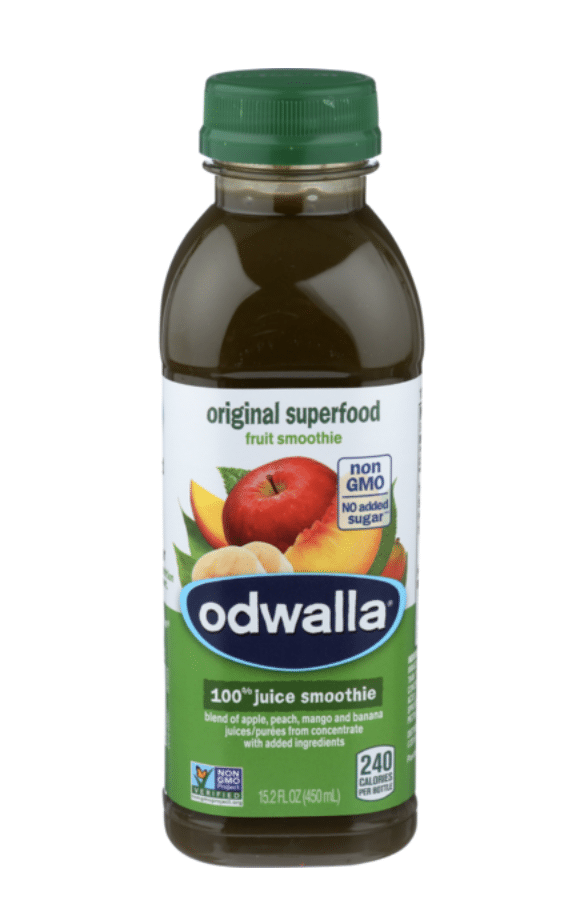
Better options – Make your own or try Whole Foods Juice Bar

I gotta be honest, finding a bottled smoothie that really IS a legit healthy option is extremely challenging. The vast majority of smoothies on a typical grocery-store shelf are just flat out sugar-bombs and should be avoided like the plague.
Make your own
It’s super easy! It just takes a few extra minutes in the morning to make your own healthy Smoothie. The key is to use a nut milk or coconut water instead of fruit juice which is high in sugar, and add a scoop of Protein Powder.
Try a few of my personal favorites to start:
+ Skin-Glow Spinach & Strawberry Smoothie
+ Tropical Pineapple & Chia Seed Smoothie
+ Anti-Oxidant Blueberry Mango Smoothie
Whole Foods Juice Bar
If you have a Whole Foods near you, most of their locations have a juice bar where you can custom make your own smoothie, providing the ability to control what goes into it.
Here’s how to make it healthy:
+ Use a milk or coconut water as the base, VS fruit juice which is high in sugar.
+ Limit your concoction to 1 fruit. A banana will make it nice and creamy.
+ Add a couple leafy green veggies (spinach & kale are Superfoods!).
+ Add a small spoonful of peanut or almond butter. That is a good fat which will help keep you feeling fuller, for longer.
Instead of buying a Bottled Smoothie – make it yourself or have it made at a Juice Bar so you can control what’s in it. MUCH healthier for you!

5. “Healthy” Muffins
Muffins are delicious – I know! Unfortunately they’re basically thinly veiled cupcakes. To get in on the health-craze and sell product, food manufacturers make them sound healthy with words like…… gluten-free, whole-wheat, sugar-free, low-carb, etc. As with anything else, just because it sounds healthy doesn’t make it so. Ya gotta read the Labels.
Udi’s Gluten-Free Blueberry Muffins, for example pack a walloping 270 calories and 23-grams of sugar in one muffin. That’s awful. Your blood sugar will spike like there’s no tomorrow, not to mention a serious sugar crash & blazing headache. Ugh! It’s basically a piece of cake ;-(
Better options
If you love a good muffin (Me! Me!), try my Gluten-Free, Healthy Blueberry Muffins with NO added Sugar. They are made with bananas, flaxseed meal, oat bran & no added-sugars. They’re pretty damn healthy and super delicious!
Make them yourself! Gluten-Free, No-Added Sugar Blueberry Muffins

Another healthy option: Nut-butter & Fresh Fruit Toast
Toast a piece of 100% Whole Grain, or Sprouted Bread (Ezekiel Bread is a great choice). Spread unsweetened nut-butter on top, then layer on sliced bananas, strawberries or blueberries.
It is delicious, healthy, and will help keep you feeling full and satiated all morning!
6. Acai Bowls

Acai bowls are delicious for sure, and they are almost literally on every corner here in SoCal. It’s basically a smoothie bowl, topped with lots of fruit, granola, honey and coconut. Like many things, it starts out healthy…. the average Acai bowl is full of antioxidants, vitamins, minerals, fiber, protein and healthy fats.
However, many of the ingredients are super high
in sugar with an average 65 grams in a single bowl!
The Acai berry on its own, is a bit tart – so of course, it’s blended with juice, fruits and a sweetener such as honey (which has 17-grams of sugar in just 1 Tablespoon). Then it’s generally topped with granola – which we know from above is quite sugar-filled, and drizzled with a little more honey. Bummer.
Better alternative
Make your own, so that you can control the ingredients. It’s actually easy. You can buy unsweetened Acai berries in the freezer section of most grocery stores. They usually come in a box of 6, individual packages that you simply open and drop into a blender. Sweeten with 1/2 of a banana, add unsweetened almond milk (or your favorite nut milk or coconut water).
Top with sliced strawberries, fresh blueberries, 1 TB of unsweetened coconut, 1 TB of chopped almonds. If desired – a sprinkle (like 1 TB) of your favorite granola. This will keep the sugar grams, calories and fat very LOW, while still allowing you to enjoy yourself!
Happy, healthy living!
“LOVE” this article & COMMENT below! SHARE this article with a friend you care about. She’ll thank you 😉



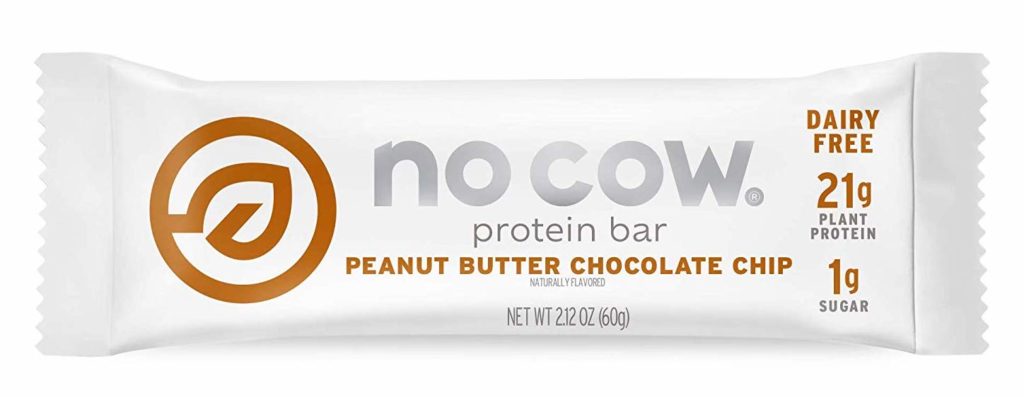
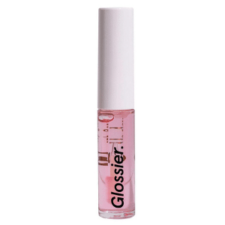
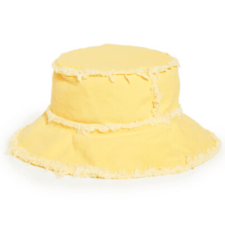
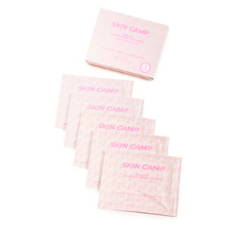
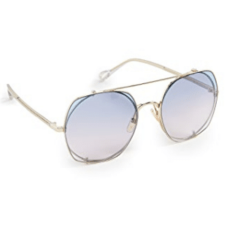

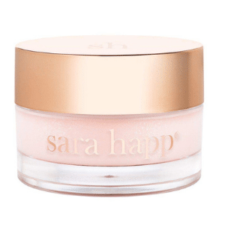

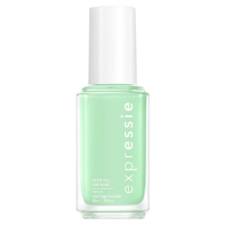
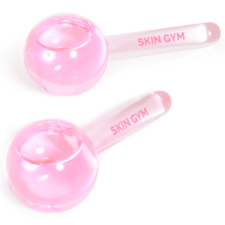
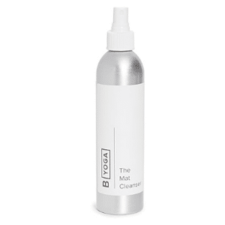
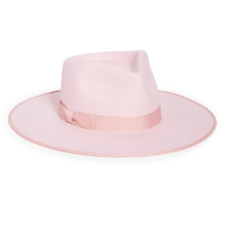







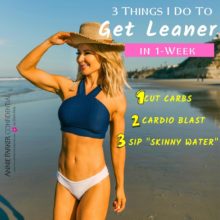

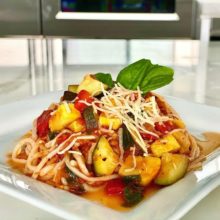

Comment on “6 “Healthy” Foods That (can be) Bad For You”